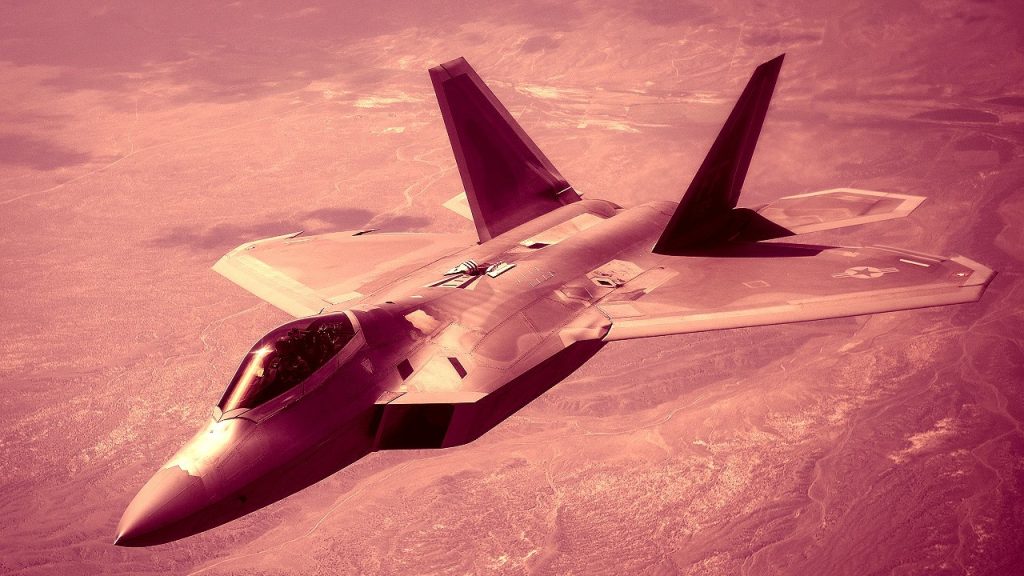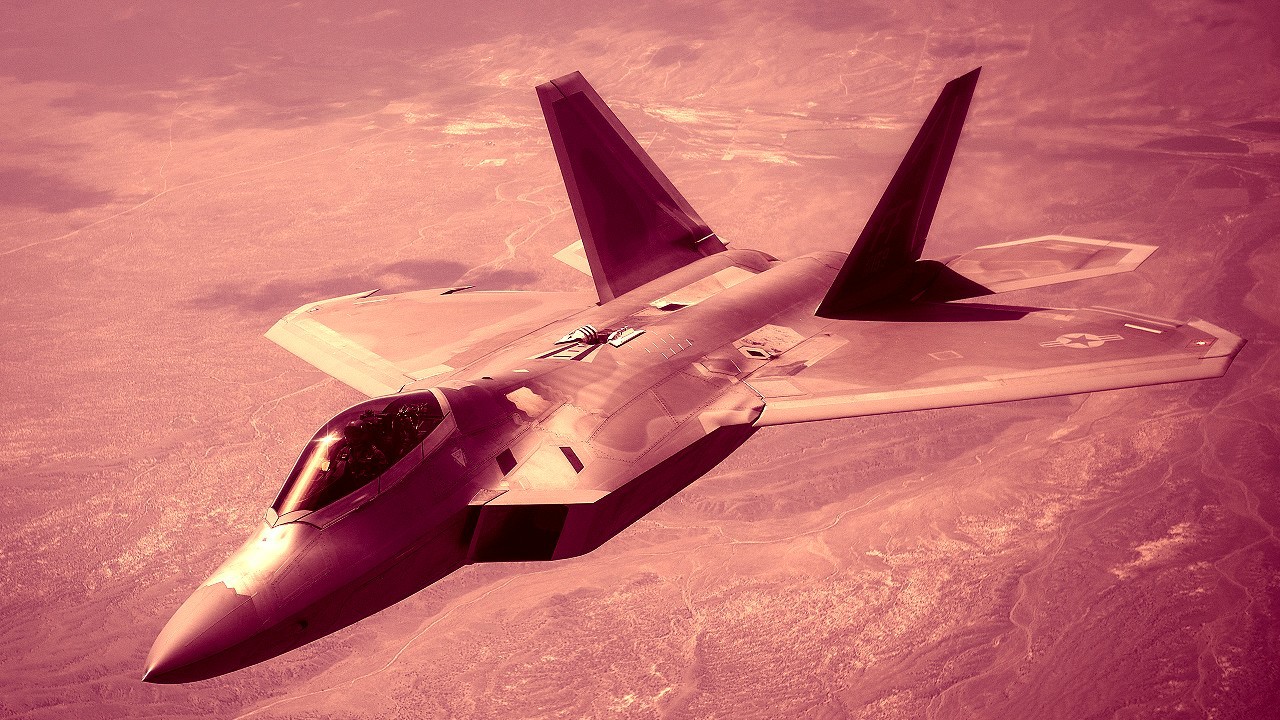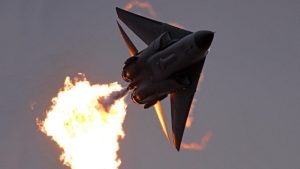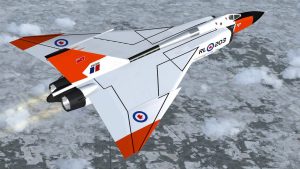The F-22 Raptor is widely hailed as the world’s finest fighter aircraft. However, early production cuts were made by the Air Force.

Many aviation and defense communities were understandably unhappy when then-Secretary of Defense (SECDEF) Robert Gates abruptly canceled the F-22 Raptor program in 2009 after only about half the needed 381 aircraft had been constructed.
In his 2015 book “Air Power Abandoned: Robert Gates, the F-22 Raptor, and the Betrayal of America’s Air Force,” the late great Robert F. Dorr, arguably the most prolific military aviation author since Martin Caidin, gave perhaps the harshest criticism of Bob Gates’ decision.
According to retired US Air Force Chief of Staff General Norton Schwartz’s memoir, published in 2018, Defense Secretary Gates boldly decided to free up funds in the US Air Force budget to support the construction of a new stealth bomber, also known as the B-21.
Ignoring the political backroom disputes and conjecture, which are likely to be packed with symbolic rather than actual smoke in this age of militant antismoking, let’s look at what makes the F-22 such a desirable and unique platform, and hence validates its supporters’ outrage about its shortcoming.
The USAF Advanced Tactical Fighter (ATF; not to be confused with the Bureau of Alcohol, Tobacco, and Explosives) demonstration and validation program, which spanned from June 1981 to August 1991, is the genesis of the Lockheed Martin F-22 Raptor.
In the late 1970s and early 1980s, intelligence discovered the Soviets flying the MiG-29 Fulcrum and the Sukhoi Su-27 Flanker.
Lockheed entered the YF-22 into the ATF competition, beating out the YF-23A Black Widow II from Northrup/McDonnell Douglas.
Even though the latter design was endorsed by Chuck Yeager, the man who broke the sound barrier (I have yet to find any of the late great General Yeager’s TV commercials for the YF-23). The F-22, therefore, became the world’s first fifth-generation fighter jet.
Despite its age, the Raptor is still considered the best fighter in the world by most experts. According to Lt. Gen. Frank G. Klotz, “The F-22 Raptor’s unique combination of stealth, speed, agility, precision, and situational awareness combined with air-to-air and air-to-ground combat capabilities make it the best overall fighter in the world.”
“Flexibility is the Key to Airpower,” said great Italian airpower theorist Gen. Giulio Douhet, and the Raptor is the essence of these words.
Two Pratt & Whitney turbofan engines power this warbird. It can fly 1,841 miles (2,962 km) before refueling and go as high as 50,000 feet (15 km).
How does the F-22 compare to other fifth-generation stealth fighters, such as the Chengdu J-20 from the Chinese Communist Party, the Sukhoi Su-57 Felon from Russia (what an apt designation in light of Vladimir Putin’s latest shenanigans! ), and the F-35 Lightning from the United States?
The J-20 comes in at number three, the Lightning II at number two, and the Raptor at number one on Alex Hollings’ “worst to first” list from Sandboxx News.
“Its remarkable mix of low observability and great performance not only established the standard for all stealth fighters to come, but it remains the most capable stealth fighter in service anywhere in the world to this very day,” is one of Mr. Hollings’ significant claims.
According to reports, the Raptor has a frontal RCS of just 0.0001-0.0002 square meters, which is “Five thousand times smaller than the Soviet Su-57, at least eight hundred times smaller than the J-20, and even five to ten times smaller than the considerably more recent F-35,” and “the Raptor can cover more distance at higher speeds than its competition while still having enough fuel left in the tank for a fight once it arrives.”
Sadly, Alex Hollings could not reason with Bob Gates in 2009.






